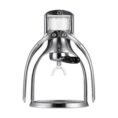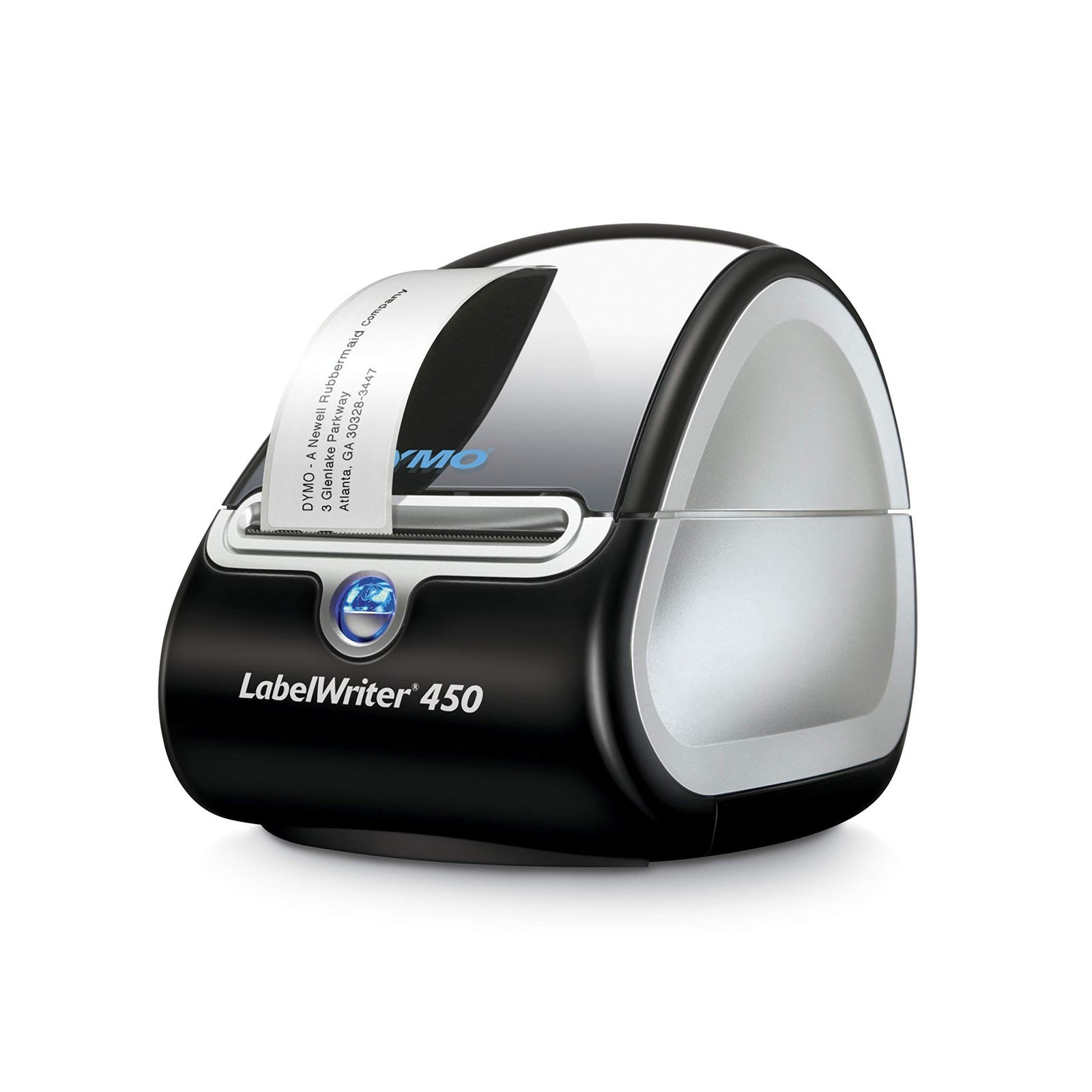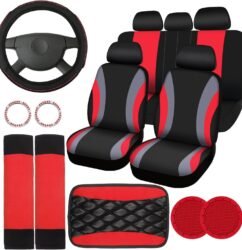Starting an online business is more popular than ever, but many people believe it takes a lot of money to get going. The truth is, you can begin an e-commerce business without spending a dime. Thanks to free tools, smart business models, and a bit of creativity, it’s possible to get started even if you don’t have any savings. In this guide, we’ll walk you through everything you need to know about launching an e-commerce business without money.
Section 1: Choosing the Right E-commerce Model
One of the first steps is picking the right type of e-commerce business. Different business models require different amounts of money to get started, but there are a few options that don’t require any upfront costs.
Dropshipping
- What it is: Dropshipping is when you sell products, but instead of keeping them in stock, you only buy them from a supplier after a customer orders them.
- Pros: No need to buy inventory upfront, so there’s no risk of losing money if the products don’t sell.
- Cons: The profit margins are lower because you’re not buying in bulk.
Affiliate Marketing
- What it is: You promote other companies’ products and earn a commission every time someone buys through your referral link.
- Pros: You don’t handle any products, shipping, or customer service.
- Cons: You need to build traffic to your website or social media pages to make sales.
Both dropshipping and affiliate marketing are great for beginners since they don’t require you to spend money on inventory or shipping.
Section 2: Picking a Niche Without Spending Money
A niche is a specific market or group of products you want to focus on. Picking the right niche can make or break your business, especially when you’re starting without money.
Why Choose a Niche?
If you try to sell everything, it’s hard to stand out. But if you focus on a small, specific group of products, it’s easier to attract customers.
How to Pick a Niche for Free
- Research popular products: Use free tools like Google Trends or join online groups on Facebook or Reddit to see what people are talking about.
- Pick something you’re passionate about: If you care about your products, it’s easier to market them. Plus, customers will trust your expertise.
Examples of Free or Low-cost Niches
- Digital products: Sell e-books, online courses, or printables (like planners) that you create for free.
- Fitness accessories: Products like yoga mats or resistance bands are popular, and you can use drop shipping to sell them without buying stock.
Section 3: Building Your Website for Free
Once you’ve chosen your niche, you’ll need a website to sell your products. Luckily, there are free options for building a website.
Free E-commerce Platforms
- WooCommerce: A free plugin for WordPress that allows you to create an online store.
- Shopify: Offers a 14-day free trial to get started, but eventually requires a paid plan.
- Big Cartel: Free for stores with up to 5 products.
Step-by-Step Guide to Building a Free Website
- Choose WordPress: It’s free and has lots of free themes to choose from.
- Install WooCommerce: This plugin turns your WordPress site into an online store.
- Customize your website: Use free templates and design tools like Canva to create logos and banners.
Free Tools for Website Design
- Canva: A free tool for creating logos, banners, and product images.
- Unsplash: Free stock images for use on your website.
Section 4: Finding Products Without Spending Money
You don’t need to buy products upfront to start selling online. Here are some ways to sell products without any inventory.
Dropshipping
- How it works: Partner with suppliers from websites like AliExpress or Oberlo. When a customer orders from your website, the supplier ships the product directly to them.
- Platforms to use: Spocket, AliExpress, and Oberlo are great dropshipping tools that connect you to suppliers.
Print-on-Demand
- How it works: Print-on-demand services like Printful or Printify let you design products (like t-shirts or mugs), and they only print them when someone orders.
- No upfront cost: You don’t pay for anything until the product is sold.
Affiliate Marketing
If you don’t want to deal with physical products, affiliate marketing is an easy way to start. You can sign up for programs like Amazon Associates, promote products on your website or social media, and earn commissions on each sale.
Section 5: Marketing Your E-commerce Business for Free
Marketing is essential to any business, but there are many ways to promote your e-commerce store without spending money.
Social Media Marketing
Social media platforms like Instagram, Facebook, and TikTok are great for reaching potential customers.
- Create engaging content: Post tutorials, customer reviews, or product demos to get people interested in your products.
- Use hashtags: Popular hashtags can help your posts reach more people.
- Engage with your audience: Reply to comments and messages to build a loyal following.
SEO (Search Engine Optimization)
SEO helps your website show up on Google when people search for products like yours.
- Use free SEO tools: Tools like Ubersuggest or Google Keyword Planner can help you find the best keywords to use on your website.
- Optimize your website: Make sure your product descriptions and blog posts include important keywords.
Email Marketing
Start collecting email addresses from your website visitors and send them updates, discounts, and product recommendations.
- Free platforms: Use free email marketing platforms like MailChimp or Sendinblue to manage your email list.
Section 6: Using Free Tools and Resources
There are a lot of free tools available to help you manage your business and save time.
Free Design Tools
- Canva: Create professional-looking graphics for free.
- Unsplash: Free stock images for use on your website or social media.
Social Media Scheduling Tools
Managing social media can take a lot of time, but tools like Hootsuite or Buffer help you schedule posts in advance for free.
Analytics Tools
Understanding how your website is performing is key to growing your business. Tools like Google Analytics and Facebook Insights are free and provide valuable data about your visitors and customers.
Section 7: Growing Your Business Without Spending Money
Once your business is up and running, it’s important to find ways to grow without needing to invest money.
Reinvesting Profits
As you start to make money, reinvest those profits back into your business by paying for better tools or more effective marketing.
Crowdfunding
Platforms like Kickstarter or GoFundMe allow you to raise money from your customers or fans to grow your business.
Small Business Loans
Some platforms, like Kiva, offer small loans to businesses with no interest. It’s a great way to get extra cash without having to borrow from a bank.
Section 8: Overcoming Challenges Without Money
Starting a business without money has its challenges, but there are ways to overcome them.
Building Customer Trust
When you’re just starting out, it’s important to be transparent and professional with customers. Have clear return policies and make sure your website looks trustworthy.
Fulfilling Orders
With dropshipping, you don’t need to worry about storing inventory or shipping. But as your business grows, you might want to explore third-party fulfillment options.
Handling Low-Profit Margins
Since dropshipping has lower profit margins, you can increase your profits by upselling related products or creating loyalty programs for repeat customers.
Conclusion
Starting an e-commerce business without money is possible—you just need to be smart about it. By choosing the right model, picking a profitable niche, building a free website, and using clever marketing strategies, you can start earning without needing to invest a lot of money upfront. The most important thing is to start today and learn as you go. With time, you can turn your small online store into a successful business!
FAQ:
- How much money can I make with dropshipping or affiliate marketing?
- It depends on your traffic and marketing efforts, but with time and effort, you can earn a steady income.
- Do I need a business license?
- Check local regulations, but many small online businesses don’t need a license to start.
- What’s the best free platform for beginners?
- WordPress with WooCommerce is a good option because it’s highly customizable and free to start.
- How do I compete with bigger stores?
- Focus on great customer service and build a loyal community through social media and email marketing.
- What mistakes should I avoid?
- Don’t try to sell too many products at once, and avoid ignoring customer feedback.
Starting an e-commerce business doesn’t have to be expensive—just take that first step!





















